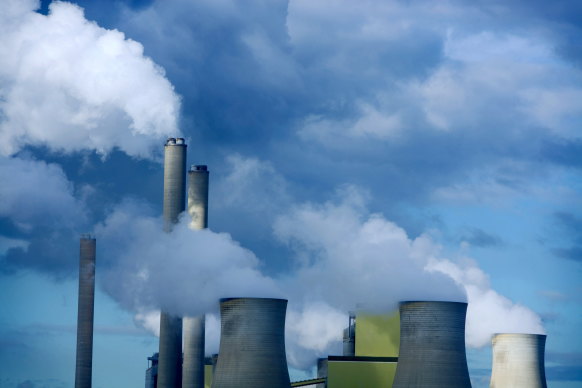
Australia’s energy industry is warning greater co-ordination is needed to ensure new sources of electricity are built in time for more coal-fired power station closures as efforts to turbocharge renewable spending heap further pressure on older plants’ viability.
The Albanese government has been consulting industry players over the details of a Commonwealth-funded “capacity investment scheme”, through which it wants to spur enough new large-scale renewable and storage to help double the share of green power in the grid by 2030.

Power plants located in the Latrobe Valley in regional Victoria.Credit: The Age
The owners of renewable energy and coal-fired power stations have expressed their broad support for the ambitious underwriting scheme and its aim of accelerating the deployment of new projects, particularly following a worrying 80 per cent drop in financial commitments in grid-scale projects from $6.5 billion in 2022 to $1.5 billion in 2023.
However, the rollout of the scheme has also prompted calls from across the industry for the government to be alert to the risks caused by a flood of new renewables pummelling wholesale power prices more often to levels where older generators will struggle to compete.
The Australian Energy Council, whose members include top electricity suppliers AGL, Origin and EnergyAustralia, said the scheme’s support for new market entrants would “unavoidably undermine” the economics of existing capacity – both coal and clean energy.
Loading
“This increases the risk of bringing forward closure of existing dispatchable capacity before new capacity is ready to replace it,” the group said in its submission.
Renewable energy developers, in another submission, said state and federal governments must work together to manage coal’s exit to ensure it is “carefully co-ordinated with the entry of new renewable generation capacity”.
“Clearly and publicly articulated dates for coal closure, communicated well in advance, are essential to provide the market with certainty that an efficient supply [and] demand balance will be maintained,” said the Clean Energy Council, a coalition of 1000 businesses involved in renewable energy, storage and green hydrogen.









 Add Category
Add Category